|
This is an article from a recent newsletter from the Anoka Conservation District (ACD), in the Twin Cities area in Minnesota. Thanks to the ACD for their permission to share this article. Beavers Connecting Rivers to Floodplain Wetlands By Breanna Keith, Water Resources Technician, Anoka Conservation District During a recent site visit to explore wetland restoration opportunities, ACD staff came across a fantastic example of beaver's “engineering” skills in action! A series of three beaver dams, located near the outfall of a Rum River tributary, were effectively slowing and spreading the stream’s flow into the surrounding floodplain wetlands. Healthy connections between streams and their floodplains provide numerous water quality and habitat benefits, and in this case those benefits also extend to the Rum River immediately downstream. Many streams, in modified landscapes, take on excess water from artificial drainage features like ditches and storm pipes. Over time and especially during extreme precipitation events, these higher volumes of water often increase erosion within the stream, which can lead to the straightening and downward-cutting (“downcutting”) of the stream channel and, as a result, the disconnection of the stream from its floodplain (see the figures below, produced by American Rivers). Floodplain reconnection efforts are an increasing priority amongst many conservation organizations, but they can be costly and complicated – particularly if development has occurred within the floodplain. However, in areas where streams have room to spill into their floodplains, allowing and even promoting beaver activity can be a very cost effective way to help restore riparian corridor. Parks Canada's website has a wonderful piece about the benefits of beavers HERE. They list five big benefits that beavers impart with their engineering and hydrologic modification.
CO2 pipeline companies are having limited success in getting the land easements and permits they need to complete their projects. The EcoJustice Collaborative in Illinois reports regularly on CO2 progress in their blog -check it out at this link. Pam Richart from EJC will be a panelist on Dec 4. She cofounded the Coalition to Stop CO2 pipelines in January, 2022. Since that time, she has been leading the campaign to stop CO2 pipelines throughout central Illinois. The coalition includes 13 organizations, and hundreds of active landowners along the pipeline route. The Coalition’s campaign includes education of landowners and elected officials that has led to the adoption of resolutions and moratoriums in impacted counties, and intervention before the Illinois Commerce Commission (ICC), which is where the pipeline can be stopped. The Coalition maintains a website that documents progress of the campaign, as well as includes resources for landowners, including webinars prepared by the Coalition. In Iowa, the Sierra Club has taken the point in statewide work on the CO2 pipelines. Updates are posted on their website here. In October of 2022, we had Jess Mazour speak on pipelines - you can view the video of her talk at this post on the UMRR blog. On December 4, we will host Jan Norris, an activist from Montgomery County, Iowa, who will report from the frontlines of local pipeline opposition. CURE has been following pipeline progress in Minnesota, and leads action through their project, Carbon Pipelines Minnesota. This webpage has information on current events in Minnesota. Several of the pipeline projects are intended to transport CO2 from Iowa and Minnesota to North Dakota. North Dakota denied Summit's permit application in August, it's now being reproposed. This article on the Associated Press website says: [The North Dakota utility regulators} last month unanimously denied Summit a siting permit for its 320-mile proposed route through the state, part of a $5.5 billion, 2,000-mile pipeline network that would carry planet-warming CO2 emissions from 30-some ethanol plants in five states to be buried deep underground in central North Dakota. Supporters view carbon capture projects such as Summit’s as a combatant of climate change, with lucrative, new federal tax incentives and billions from Congress for such carbon capture efforts. Opponents question the technology’s effectiveness at scale and the need for potentially huge investments over cheaper renewable energy sources. The panel denied the permit due to issues the regulators said Summit didn’t sufficiently address, such as cultural resource impacts, potentially unstable geologic areas and landowner concerns, among several other reasons. The pipelines would pass through South Dakota, which also denied Summit Pipeline's permit application. This September 11 2023 article on the Associated Press website states that the South Dakota Public Utilities Commission unanimously turned the request down. Without access to the North Dakota CO2 depository, the pipeline projects have to keep redesigning their projects. Why are carbon pipelines being proposed? Why are investors and the federal government putting money into these projects? We know that carbon in our atmosphere is causing the earth to warm, which will disrupt our climate and all life on earth. Reducing or eliminating carbon emissions is critical, and there are many different ideas about the best ways to do it. One controversial approach we've been taking for the past two decades is to switch from fossil fuels to 'biofuels' - ethanol and biodiesel. In this post on the UMRR Blog, we reported on a February 2022 report that looks at the utility of ethanol as an option for reducing carbon emissions. The ethanol industry is seeking ways to improve its environmental performance, especially as relates to carbon emissions. One way to do this is to capture the carbon that is released into the atmosphere. The pipelines would move the captured and compressed CO2 to eventual storage and/or reuse. The first two short YouTube videos following provide some more background on why the ethanol industry sees carbon capture as a way forward. The third is a video that provides more information on the process of capturing carbon from industries.
Carbon capture is part of President Biden's climate plan. This link goes to an article in the MIT Review interview with Shuchi Talati, chief of staff at the Department of Energy's Office of Fossil Energy and Carbon Management. Here, Talati talks about the need to have a range of processes for reducing carbon. We have included a number of references at the end of this post that provide more information on pipeline technology and DOE work on carbon capture. Carbon pipelines are currently used in Texas to transport CO2 for use in extracting oil from spent oilfields, there are also links to information on this practice.
Above, exterior of Giiwedinong, LWV Park Rapids members Beth Baker-Knuttila and CC White at sign, entry murals, Lake Itasca (start of the Mississippi). photos by Gretchen Sabel This museum will bring indigenous culture and history to northern Minnesota. Winona LaDuke told Minnesota Public Radio news, "“This is not a tribal museum,” explains LaDuke, a member of the Mississippi Band of Ashinaabeg. “This is an Indigenous museum, but it is off the reservation. It received no state funding, it's entirely independent. We think of ourselves as the little museum that could.” Click here to read an article on the museum's purpose and work from the Giiwedinong October 2023 newsletter. The museum is built to be an educational resource for Native and non-Native people alike, gearing up for field trips and other educational events. Here's a link to a story from The Circle about the Museum. Here, Winona LaDuke says, “Many people who want to learn about citizen engagement, regulatory processes, treaty rights, and the history of Minnesota will be pleased to come to Giiwedinong." The museum features a gallery that will exhibit the work of Native artiists - the first exhibit is the work of Rabbett Before Horses Strickland, an Anishinaabe member of the Red Cliff Band of Lake Superior Chippewa Indians of northern Wisconsin. His works depict the Naniboujou and the origins of the Anishinaabe people. This gallery will host a rotating series of Native artists.
From the museum's website: Giiwedinong will be a destination location for all interested in the history of this land, settler and native agreements, treaties, and the waters. We will feature both historic exhibits and emerging artists for our youth, elders and communities. In 2022, Akiing.org, an Anishinaabe-led restoration and community development organization purchased the former Carnegie Library, turned Enbridge office to create a Museum of Culture and Treaty Rights in downtown Park Rapids, Minnesota. Giiwedinong is the first museum of its kind to share the treaties, stories and education of the Deep North, spanning from Wisconsin, Minnesota, North and South Dakota, and beyond in Turtle Island. We recognize, uplift, and promote both emerging and established Anishinaabe artists in their diverse storytelling mediums. We recognize that in order for art to be accessible, we need to bring it out into the community and provide space for art in our everyday lives and promote access internally (for our Anishinaabe people) and externally (as a tool for racial and social justice). We are interested in dialogue and education on these critical issues of the intersections of Indigenous peoples, environment, public policies and fossil fuel economies. Giiwedinong is led by a team of Indigenous historians, artists and community members. Above, LWV UMRR Communication Director Gretchen Sabel with Sarah Littleredfeather at Giiwedinon, MIssissippi Headwaters, celebration of Giiwedinong opening (photo credit #3 to Beth Baker-Knuttila)
Our December 4, 2023, Educational Webinar focused on the lived experience and activism of three extraordinary women committed to educating communities, environmental groups, non-profits, landowners and individuals about the dangers of CO2 Pipelines and carbon sequestration. This was an informative 90 minute presentation on how grass root activism, coalition building and legislative strategies work to stall and ultimately stop CO2 Pipeline development.
For more background on CO2 pipelines, check out this post on the UMRR Blog.
Our guest speaker was Rob Lee, staff attorney for Midwest Environmental Advocates (bio below). Rob provided a brief history of the Clean Water Act (CWA) prior to 2015 regulations defining Water of the US (WOTUS), and the 2020 Navigable Water Protection Rule. Then he'll talk about the May 2023 Supreme Court Ruling and the now revised regulations just issued by US EPA and the Corps of Engineers with a final revised definition of Waters of the US. Once Rob has set the stage, LWV UMRR's Gretchen Sabel will present information on the status of wetland regulation in the UMRR states based on a 2022 analysis by the Environmental Law Institute, followed by a look at LWV positions that relate to actions supporting strong implementation of the CWA. We'll round out the hour with discussion period led by LWV UMRR Chair Mary Ellen Miller. You'll find more information on the Sackett decision here and here on the LWV UMRR blog. Here's a link to an excelllent blog article by Jared Mott of the Izaak Walton League that also provides background. LWV UMRR Board members are engaged and active people who are leaders in other organizations besides LWV and speak out about issues affecting water and climate! This column by Kay Slama, LWV UMRR Board member, is an opinion piece originally published in the Lakes Area Review, New London MN in August, 2023. 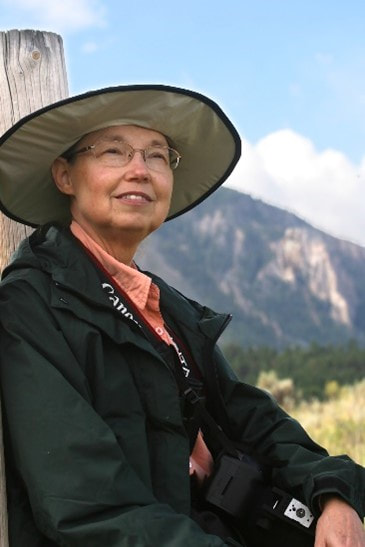 Carbon dioxide (CO2) pipelines carry highly compressed (supercritical) CO2. The proposed Summit Carbon Solutions pipeline would run through southwest MN, carrying CO2 from ethanol plants to North Dakota to be buried underground. The federal Infrastructure Act and Inflation Reduction Act give credits for carbon sequestration, awarding our tax dollars for private companies to build carbon pipelines. Because it would keep carbon out of the atmosphere, you’d think this would be a good thing, right? But wait—there are loads of problems with carbon pipelines, see www.carbonpipelinesmn.org and www.carboncapturefacts.org. The North Dakota Public Service Commission denied Summit’s siting permit application for underground sequestration, citing many issues that the company had not addressed adequately. Until ND allows the pipeline, the MN Public Utilities Commission should pause its permitting for the pipeline, since there’s no place for the CO2 to go. Unfortunately, on August 31, the PUC refused to make that reasonable decision, and we need to let them know that was unwise for Minnesota. What about human safety? CO2 is an asphyxiant—it keeps our lungs from getting oxygen when we breathe. CO2 pipelines must be pressurized at three times the rate of a natural gas pipeline (1,200-2,800 psi). Ruptures can occur for a number of reasons. One cause of ruptures can be shifting ground, whether from flooding or the ground sinking as water is used for irrigation. According to the Pipeline Safety Trust, many chemical impurities can get into the line. Any water molecules in the pipeline react with CO2 to form corrosive carbonic acid. Ruptures have occurred in carbon pipelines, causing human and animal deaths. CO2 is heavier than air, and its unpredictable flow depends on terrain and changing weather. Without wind, it may just find low spots and sit there for a long time. National Public Radio and other media reported on a pipeline rupture in Mississippi that caused 45 people to be hospitalized. It kept cars and emergency vehicles from working because combustion engines need oxygen. Emergency responders need breathing apparatuses that cost more than $6,000 apiece, so they would have to call in a specialized hazardous materials team. The planned carbon pipeline routes run close to homes, towns, and schools, so the CO2 plumes could reach them. The federal agency responsible for CO2 pipeline standards is reviewing them in light of the dangers. These are more reasons construction of carbon pipelines should pause while safety is being worked out. Land issues need to be considered with carbon pipelines. Installation compacts a wide swath of soil that is almost impossible to loosen so roots can get into it. The pipelines heat land near 90 degrees, and both resulting evaporation and heat make it harder for plants to grow. Restoring soil health and productivity is a long-term struggle both current farmers and future generations will have to bear. There are many stories about Summit bullying landowners and using misinformation to obtain easements across farm property. Easement payments to farmers last 3 years, but the easements are permanent, so landowners are vulnerable to other uses after the 20-25-year life of the pipeline. Pipelines tend to be abandoned in place after they are no longer useable, so they remain a permanent hazard on the property and its underground water flow. Iowa is considering using eminent domain to run CO2 pipelines through farmers’ lands without their consent. Under the Fifth Amendment, eminent domain must be for a “public use,” which traditionally meant projects like roads or bridges, not the enrichment of private corporations. In the big picture, pipelines encourage growing huge amounts of corn in the US, nearly half of which is used to produce ethanol. This discourages growing alternate crops that may be better for our land, need less fertilizer and irrigation, and send less pollution down our rivers and into our lakes. Next are water issues. The buried carbon pipelines cross rivers and wetlands underground, which can puncture aquifers during construction, as we saw with the Enbridge Line 3 pipeline in northern MN. In addition to water used during construction, the pipelines will require 13,000,000 gallons/per facility using the pipeline per year (from Summit’s response to inquiry on water usage during Minnesota PUC 5/4/2023 scoping meeting). This constitutes a risk of drawing down our lake and river levels and aquifers. Energy issues: Much energy is needed to mine materials for carbon pipelines, which must be much thicker than any other kind to contain so much pressure. Much fuel is required to put the pipelines in the ground. Energy sources process the gases and condense CO2 at its sources, as well as run the pumps and bury the carbon. There is evidence that making ethanol out of corn is a life-cycle process that may use more CO2 than it saves. We have alternative land-use programs that encourage natural plants which sequester CO2, as well as encourage more wildlife and pollute less. On top of that, a ND official admitted that pipeline CO2 will be used to compress fossil fuels out of the ground, a process known as fracking, which will put more CO2 in our atmosphere and cause more of the climate change effects we’ve been seeing so much lately. So what can we do? We need to think ahead for our climate and our agriculture. We should be spending our “public” money on helping farms move away from growing so much corn. Help farmers feed people rather than make carbon-intensive ethanol, and help them diversify. We need to create markets in MN for their crops. It will take regular input to our lawmakers and state agencies to help them act with this future in mind. We need to do all we can to address the excess carbon that is warming our planet and causing global climate change. Carbon sequestration may indeed be one of the solutions, but not by crisscrossing our land with potentially unsafe pipelines that will threaten our land and waters and almost certainly lead to fracking for more fossil fuels. We need to focus on making our climate better, not worse. Water is a big topic these days! Here's a round up of stories from around the Upper Mississippi Basin From the Freshwater Society: U of MN and Freshwater researchers to evaluate injection wells, infiltration basins. With groundwater shortages becoming a concern in some areas of the state, researchers at the University of Minnesota and Freshwater will be poised to assist by deploying a first-of-its-kind GIS mapping tool that could help pave the way for managed aquifer recharge in Minnesota. From the Daily Memphian: As Mississippi River levels swing between historic highs and lows, shipping industry grapples with how to adapt Right now, drought is the one consistent condition along the length of the river. The Mississippi has reached near-historic lows for the second year in a row, which is slowing down shipping and driving up costs for everyone from barge companies to grain elevators. From MinnPost: Warming urban aquifers become fermentation vessels for water-borne pathogens, providing one more reason why replacing aging infrastructure is a good idea. From the New York Times: Big Farms and Flawless Fries Are Gulping Water in the Land of 10,000 Lakes. When Minnesota farmers cranked up their wells in a drought, they blew through state limits. Thirsty crops included corn, soybeans and perfect, fry-friendly potatoes. From Chris Jones' Substack: Honk if you smell BS... said the gander. Iowa's Lake Darling is full of algae... who's to blame? Is it the geese? From Circle of Blue: Chicago Suburbs, Running Out of Water, Will Tap Lake Michigan. The project is a reminder that even in rainy places that seem most water-secure – the shores of the Great Lakes, the Mississippi River basin – a reliable supply is not always assured. From the River Alliance of Wisconsin:
Little Plover River Flows Less than “Healthy” for Two Months, High Capacity Wells Blamed. Once again, the Little Plover river is in trouble, and not only because of this summer’s drought. To understand why the Little Plover isn’t flowing like it has been in the past few years, we have to look underground. Long-term research at Cedar Creek Ecosystem Science Reserve has shown that test plots with more diversity (more species of plants) are more productive and resilient. The more species of plants in an area, the greater biomass that plot produced and the more resistant the plant communities are to drought and other stress. This research shows the way for us to make changes in our agricultural systems - increasing diversity in our row crops can help to increase crop yields while reducing the need for fertilizers. Cedar Creek Ecosystem Science Reserve is a large biological research site in east-central Minnesota with natural habitats that represent the entire state. Cedar Creek sits at the meeting point of three major biomes: the tallgrass prairie, coniferous forest, and deciduous forest. As a result, the reserve is considered a site of Outstanding Biodiversity Significance by the MN Biological Survey. Prescribed fire, invasive species control, and rigorous monitoring, are used to maintain and restore in collaboration with local and regional partners. Cedar Creek is owned and operated by the University of Minnesota in cooperation with the Minnesota Academy of Science..
What kind of change? Using the results of the research at Cedar Creek, Dr. Tilman showed that increasing the diversity of plant communities in farm fields would increase yields. He talked about research into new farm practices in China that have shown that adding just one additional crop inter-stripped into a field in five-foot rows greatly increased total yields of both crops. Adding cover crops that create the diversity to the mix you find in nature – grasses, legumes and flowering plants – will rebuild healthy soil. This will mean storing more carbon, requiring less fertilizer for crops and increasing yields so more land does not have to be cleared.  Dr. Elizabeth Borer (photo U of MN) Dr. Elizabeth Borer (photo U of MN) In her talk on September 22, Dr. Elizabeth Borer described her work with a global research cooperative of hundreds of researchers at more than 160 sites who study grasslands around the world. This network spans 28 countries on six continents, providing a global context for the work at Cedar Creek. The researchers in this network share data on the changes they are seeing as nutrient pollution through rain and water pollution causes changes in native grasslands across the globe. Native plants in an area evolved to suit the nutrient signature where they were growing; added nitrogen is causing a loss of native plants and more insect herbivory, and leaves plants more susceptible to disease. The slide below shows the increasing nitrogen in rainfall since 1860. This nitrogen comes from emissions of ammonia and nitrous oxides, and is expected to increase in years to come.
When we are told alarming news like this, we may feel discouraged, and don’t feel that there’s anything we can do. But there are things we can do. We can advocate for increased funding in the Farm Bill to help farmers change farming practices, and we can eat foods like vegetables, fruits, whole grains, and nuts while reducing our consumption of red meat and dairy products. The diagram below shows the environmental impact of a food's production on the left axis and the relative risk of mortality from eating a daily serving of that food along the bottom axis.
Please let us know when you have contacted one of these House or Senate members - fill in this quick form at this link. We are especially interested in any responses you receive - there's a line on that form for summarizing any response or you can attach a file if that would work. When you complete the form you will get a copy of your response. Thank you! Also, thank you to everyone who attended the US Farm Bill 2023 webinar by Duane Hovorka, Senior Policy Specialist, National Wildlife Federation that LWV Upper Mississippi River Region hosted on August 7. In case you missed it, view the recording here.
Join celebrated Mississippi River historian, author, and storyteller Dr. John Anfinson on Tuesday, September 26th, from 6 - 7 pm CT, for The Long Journey of the Great River. John is a featured speaker on American Cruise Lines, and his spellbinding presentation includes stories of the people, land, water, and wildlife of one of the world's greatest rivers, the mighty Mississippi. Join this unique free event from anywhere; all are welcome to this special online 1 Mississippi World Rivers Day event. Click this link to register! The Mississippi River Network* is sponsoring this exciting talk by John Anfinson, retired Superintendent of Mississippi River National River and Recreation Area, author of "The River we have Wrought: A History of the Upper Mississippi", and passionate river advocate. John is also a speaker on American Cruise Lines' voyages on the Mississippi. Widely considered to be one of the world’s leading experts on the Mississippi River, Dr. John Anfinson was among the first to alert Minnesota of the dire effects of invasive carp coming up the river from Arkansas. With solid science and visions of silver carp erupting pell-mell in boat traffic, John’s work led to a coalition of non-profit organizations that played a critical role in closing the St. Anthony Falls Lock. Not only did this save Minnesota’s lake country from these invasive species, it forever changed the Twin Cities riverscape and opened the way for multiple revitalization projects along the Mississippi. *The Mississippi River Network (MRN) is a coalition of 58 organizations dedicated to creating a healthier Mississippi River by working for the well-being of the people, land, water, and wildlife of America’s largest watershed.
The Network also advances its goal for a healthier Mississippi River by supporting 1 Mississippi with important River science and policy information. 1 Mississippi is a public outreach program of MRN and is a growing national movement of over 20,000 River Citizens —people dedicated to protecting the River by taking simple actions. As the guardians and caretakers of the River, from armchairs to wading boots, River Citizens are people the River can count on. The MRN was founded in 2005 on the premise of four central tenets the People, Land, Water, and Wildlife Goals. |
|||||||||||||||||||||||||||||||||||||||||||||||||||||||
| LWV Upper Mississippi River Region | UMRR blog |
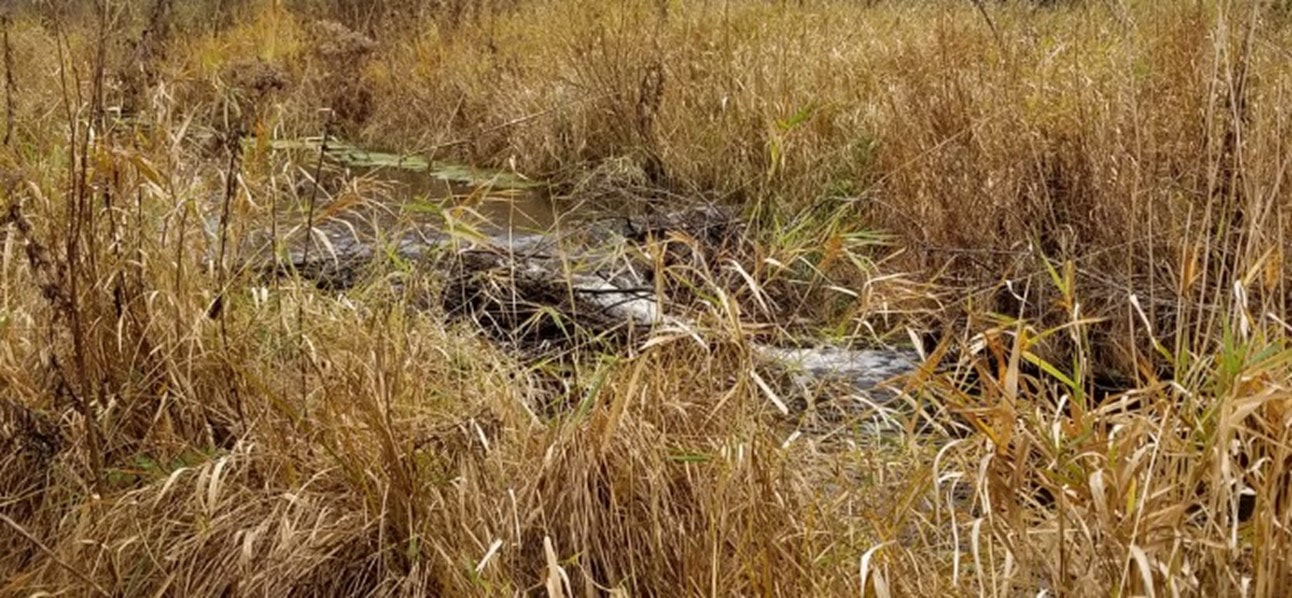
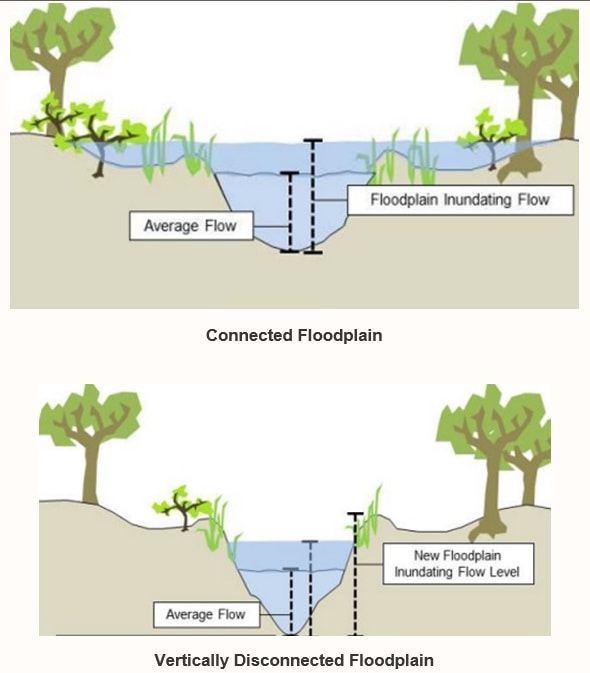

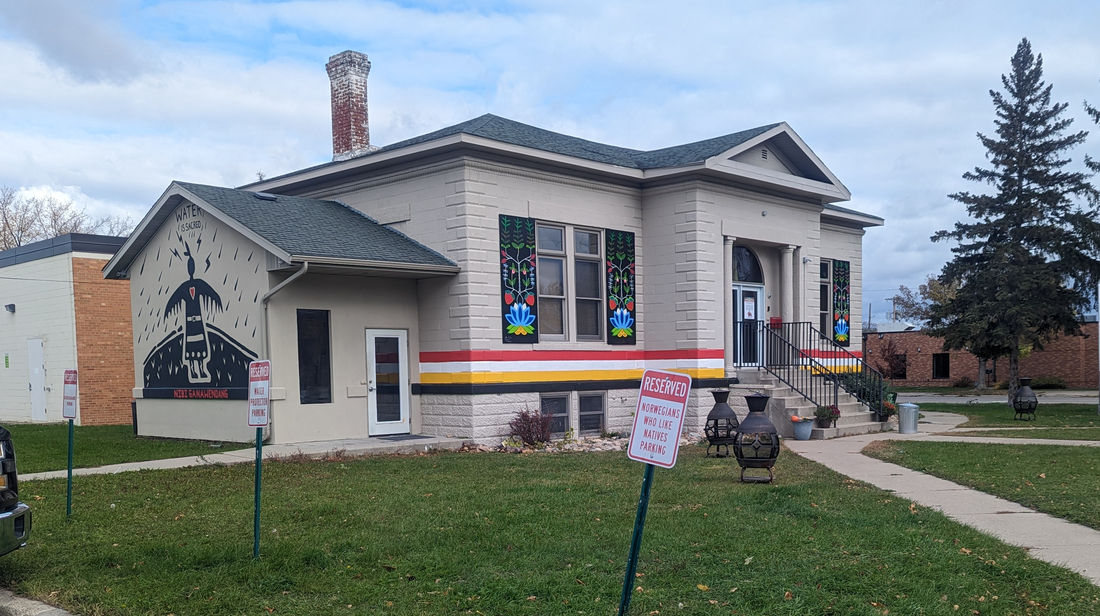
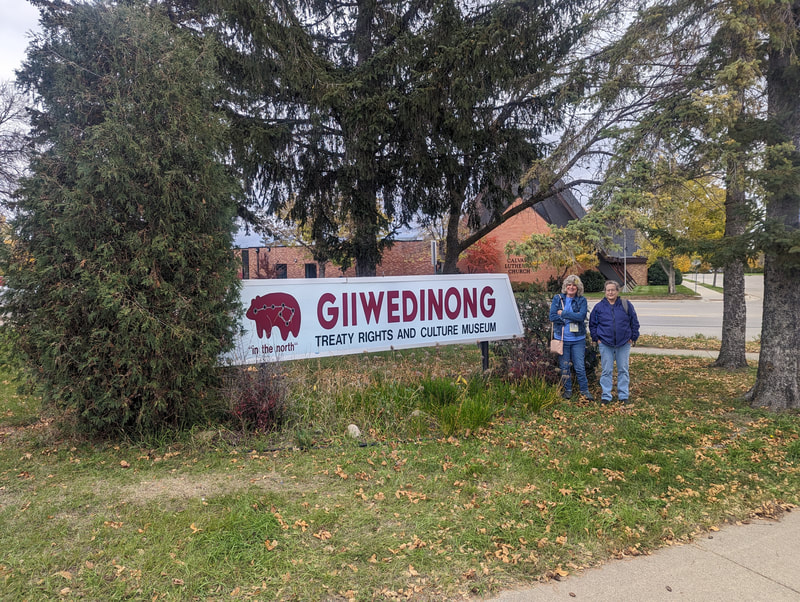

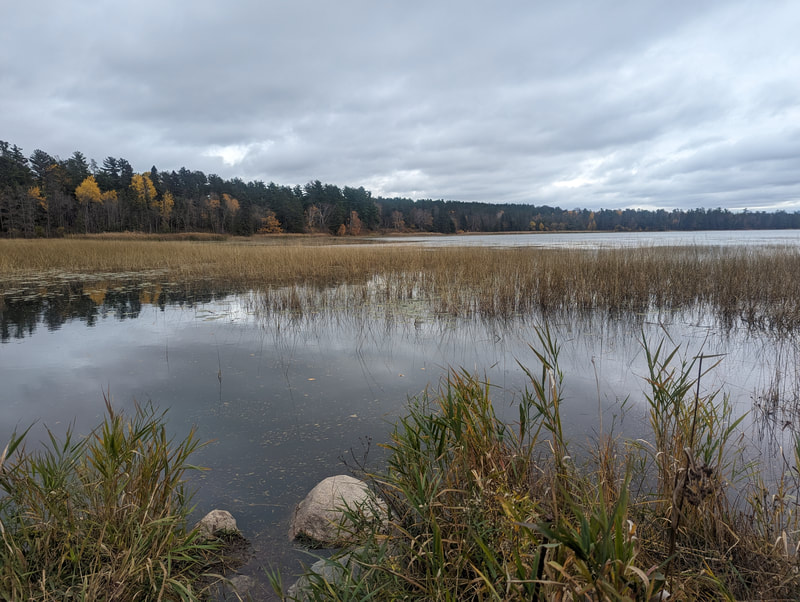
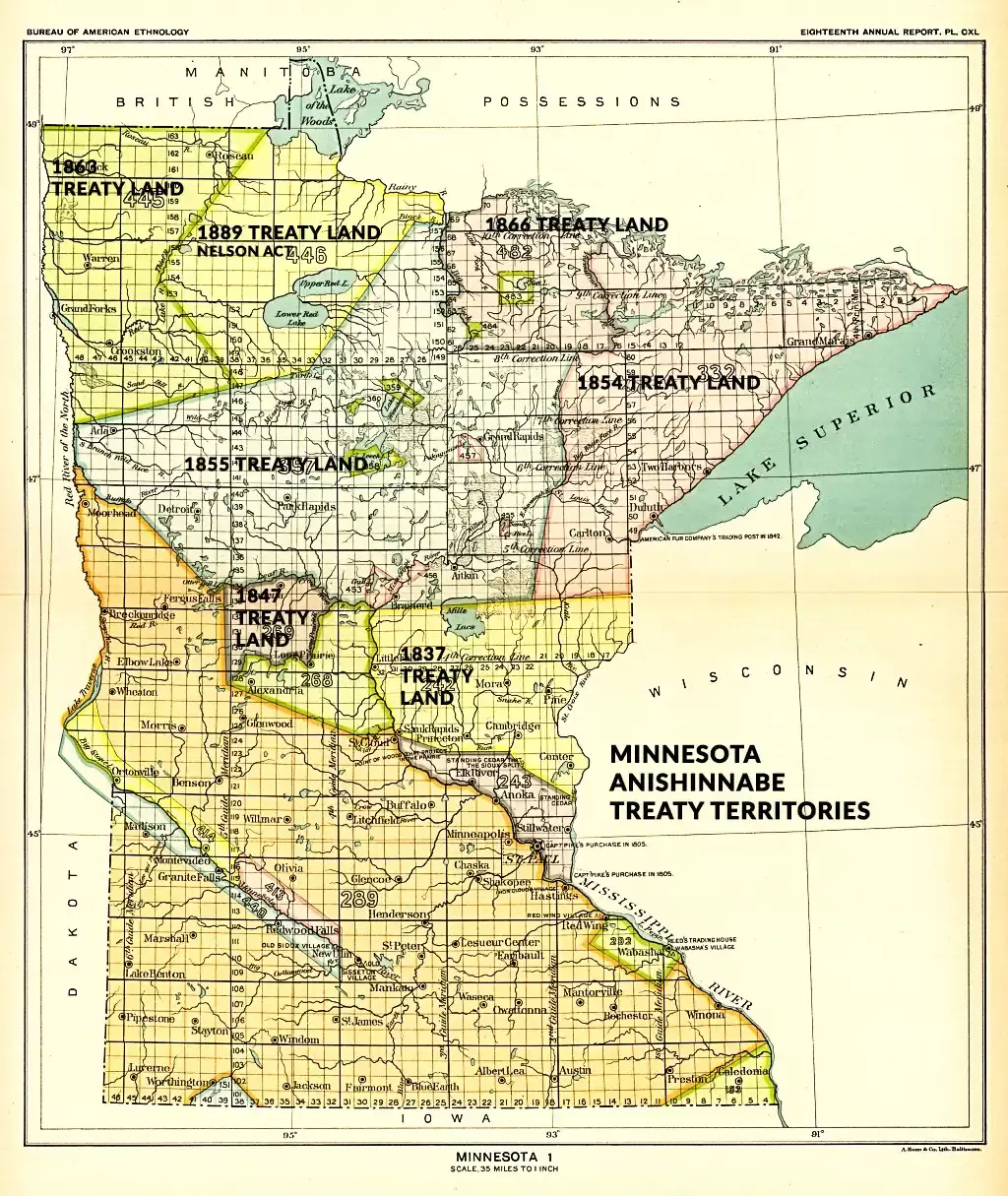
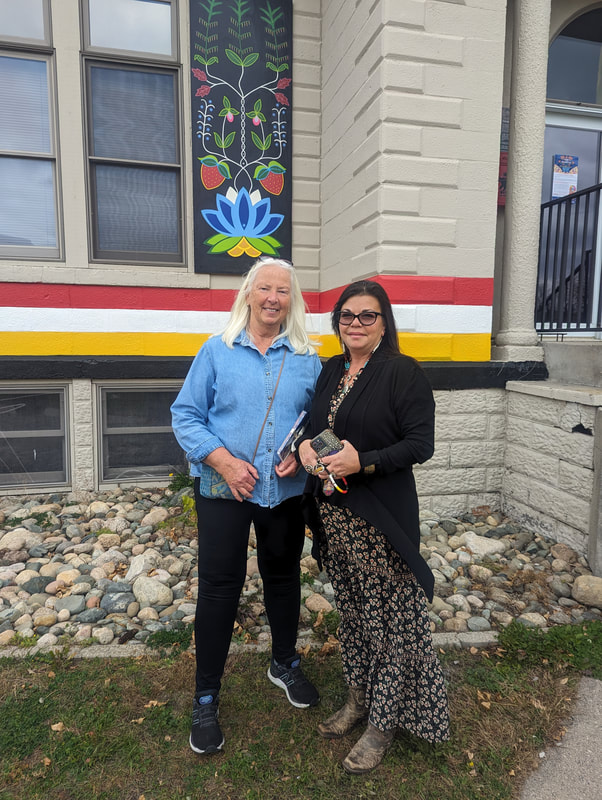
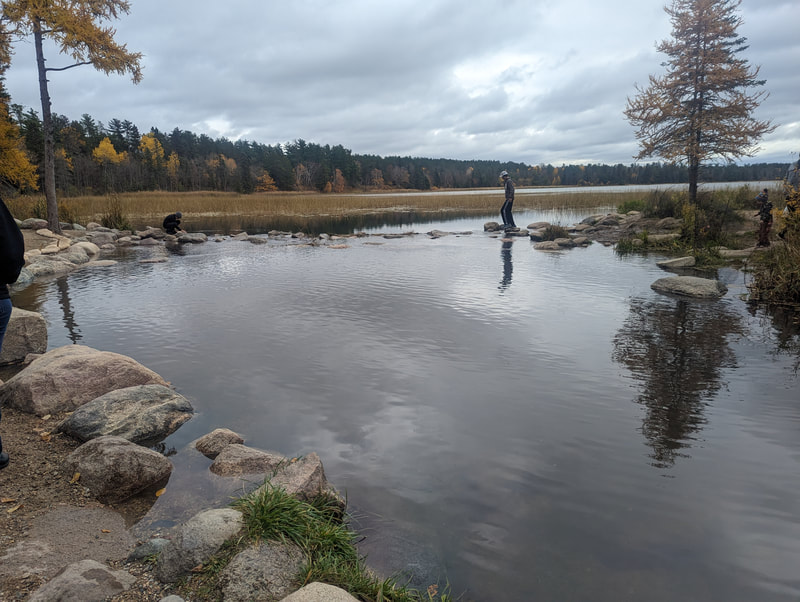
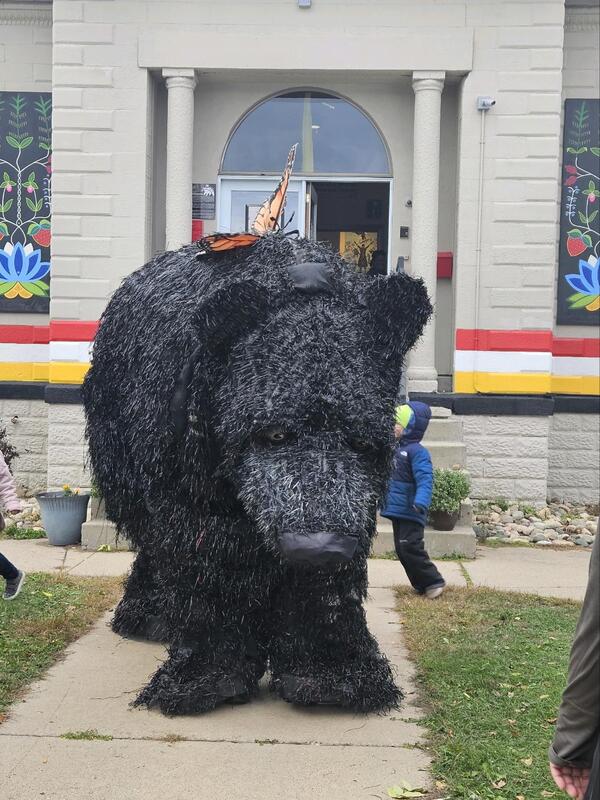
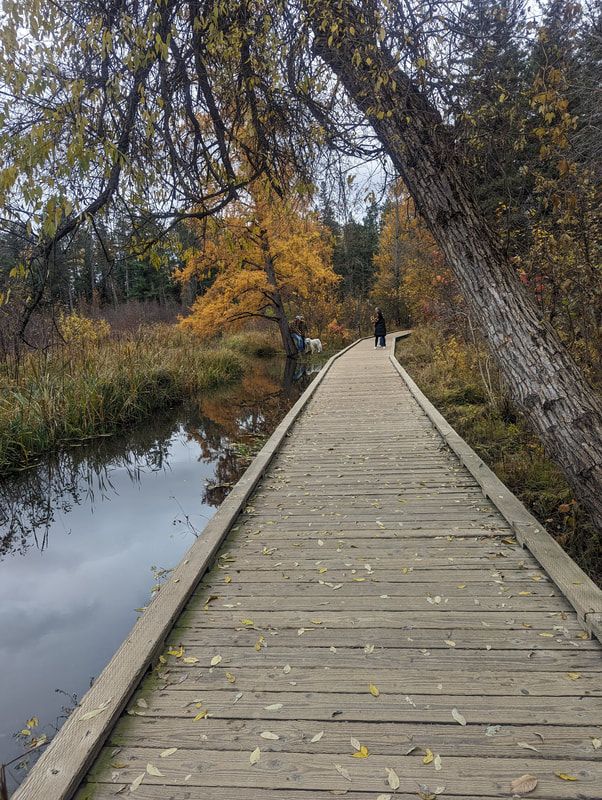
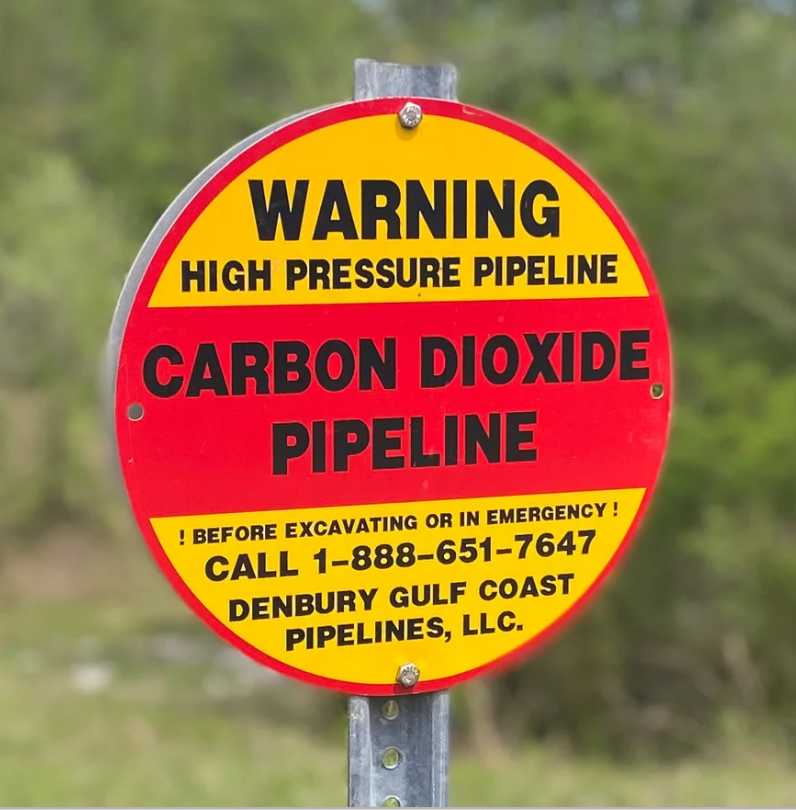
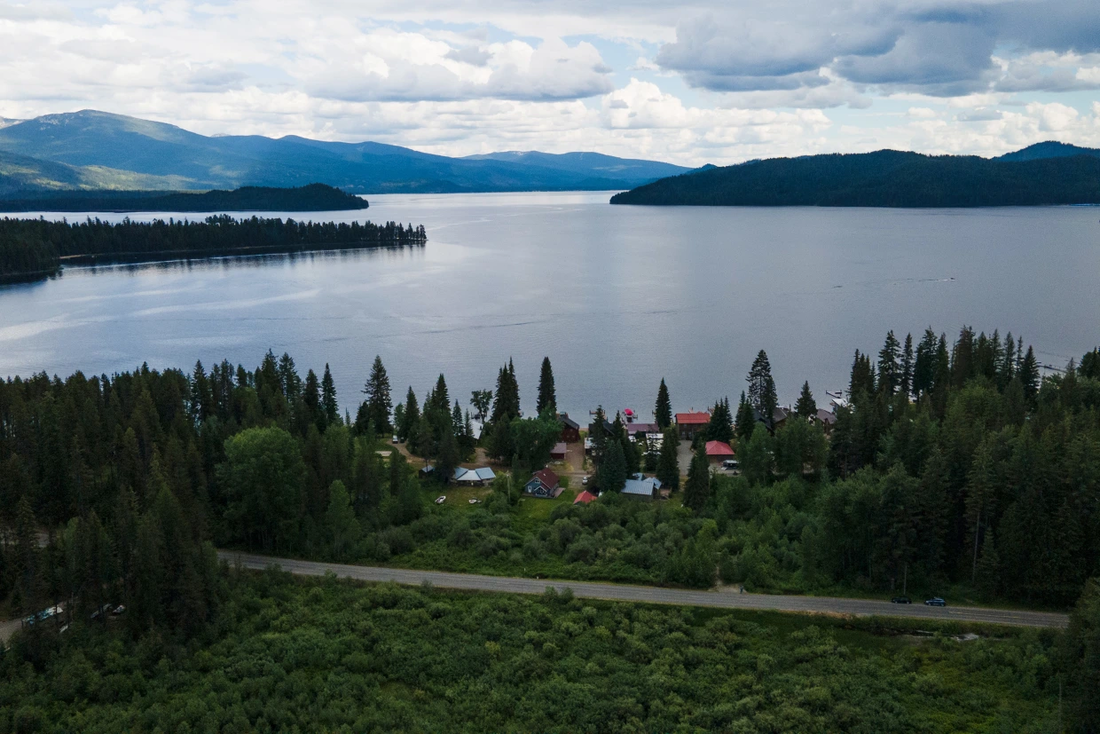
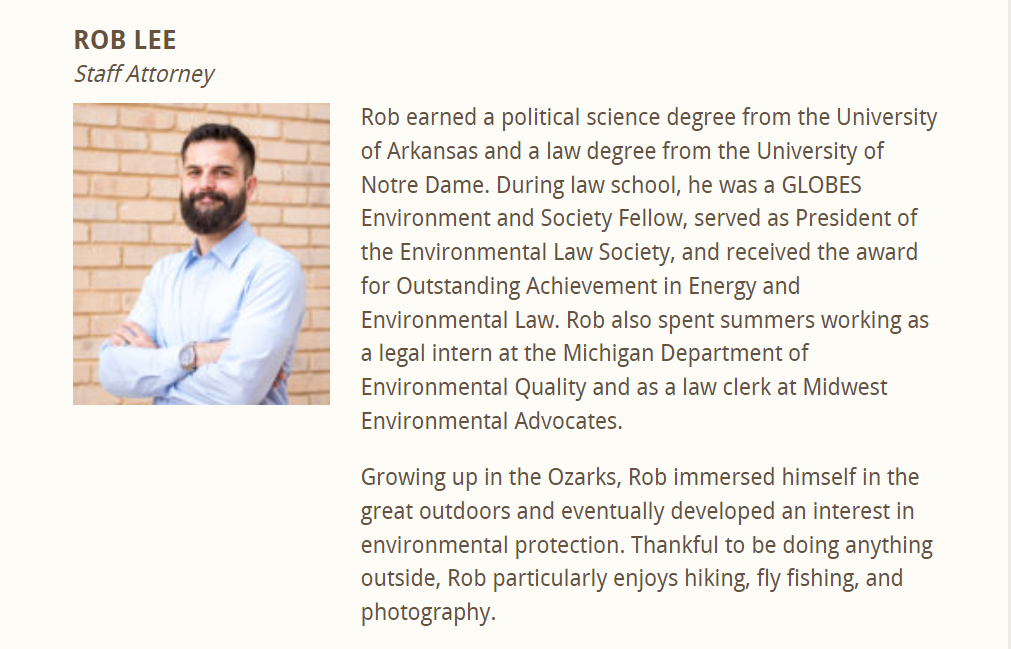
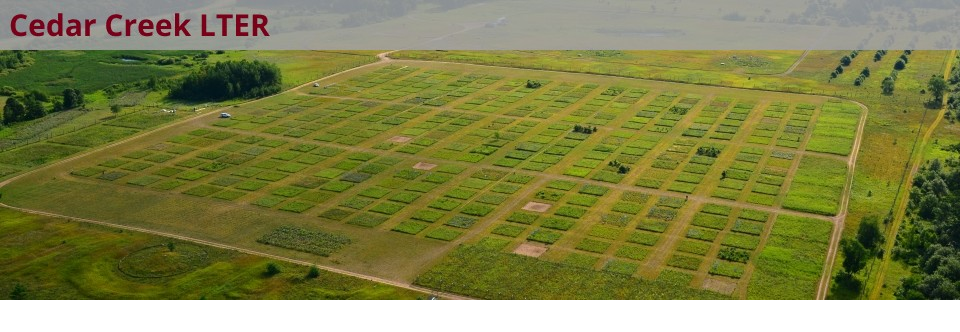
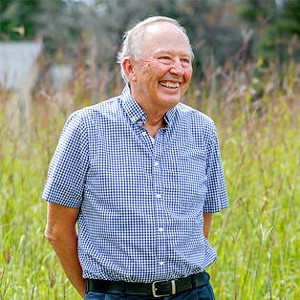
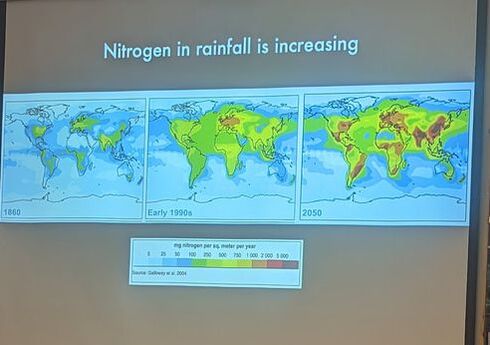
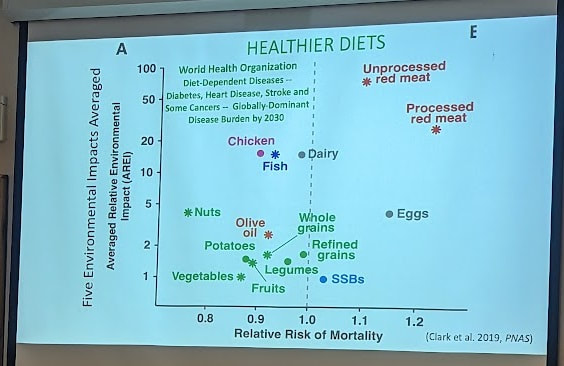
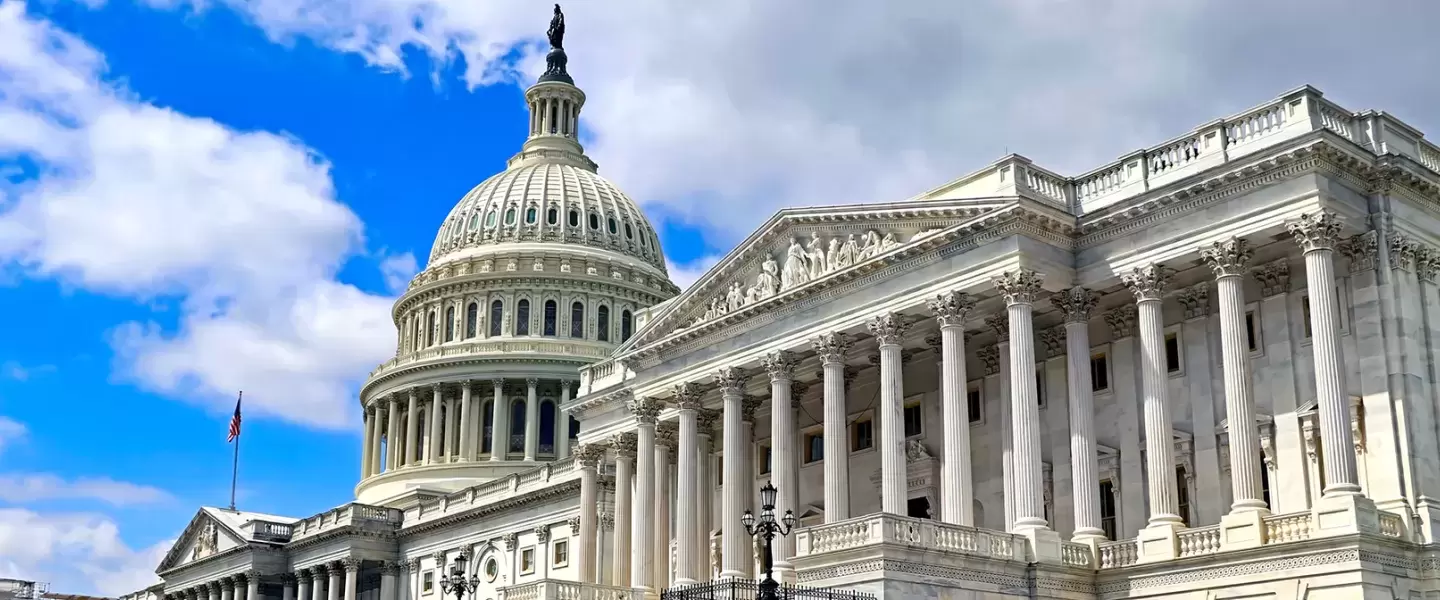


 RSS Feed
RSS Feed